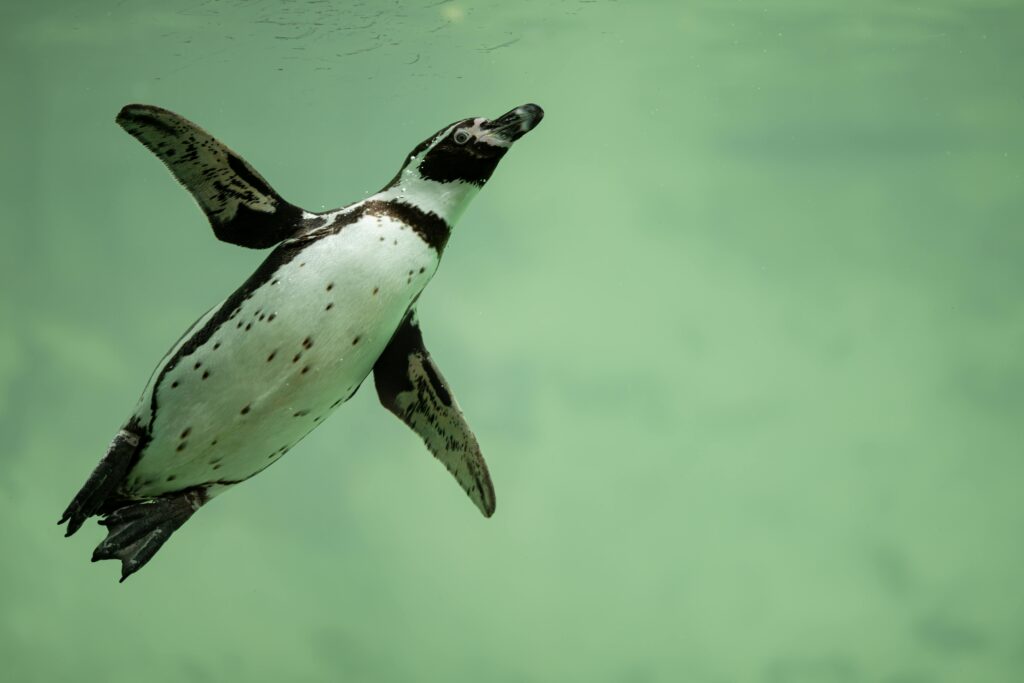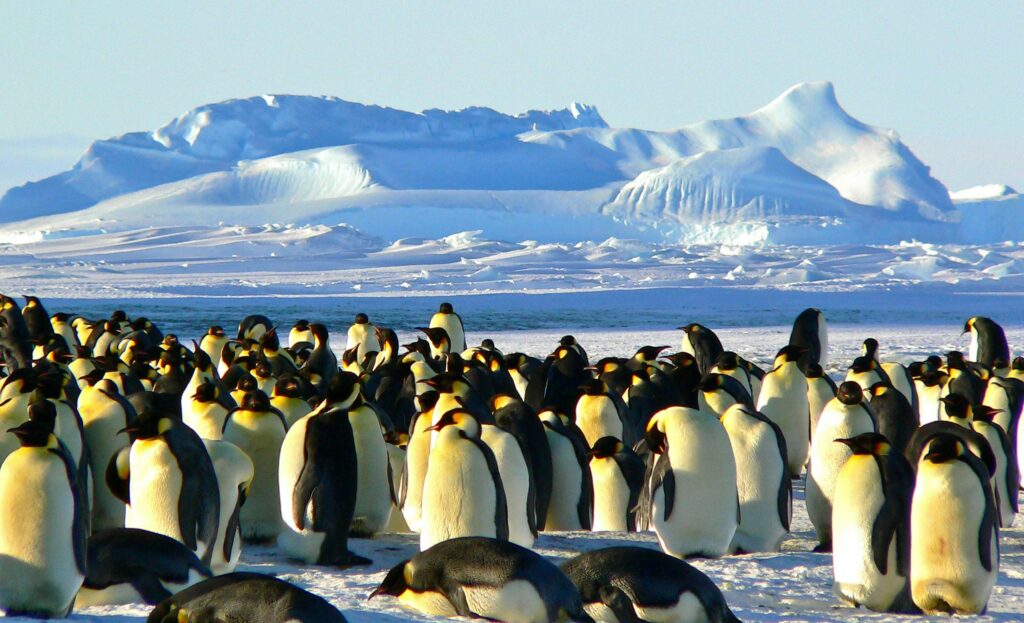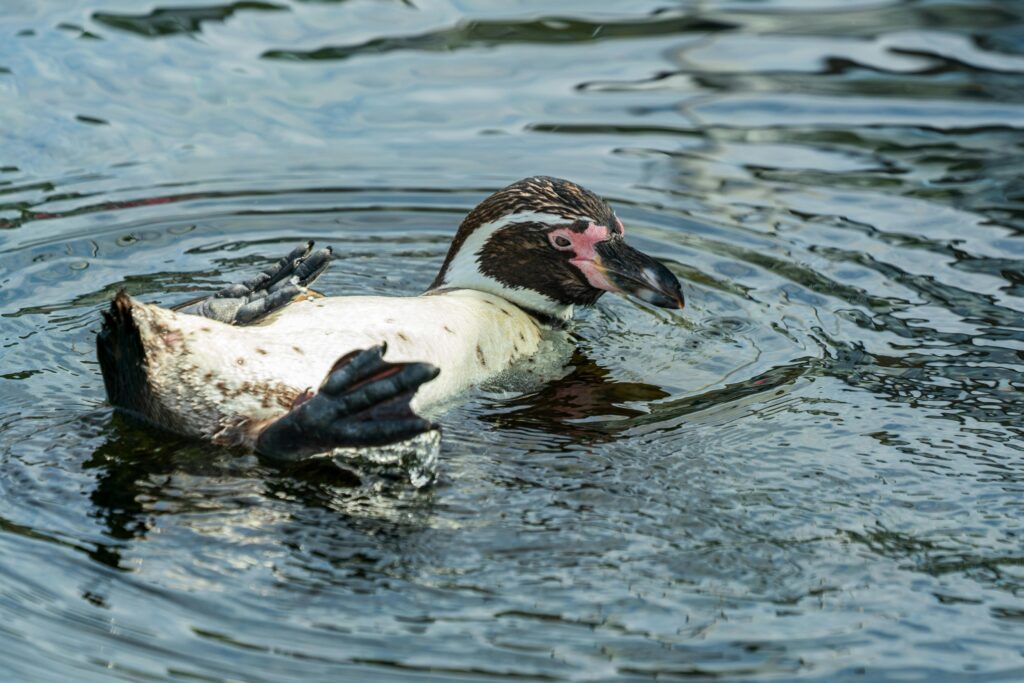When it comes to incredible parenting in the wild, few animals can match the devotion of penguins. From the icy plains of Antarctica to the rocky shores of New Zealand, penguins are renowned for their extraordinary efforts in raising their young. But what exactly makes these birds such “superparents”? Let’s dive into the remarkable world of penguin parenting. 🐧💛
Learn more about different types of penguins here
The Journey Begins: Finding the Perfect Mate
In many penguin species, parenting starts even before the first egg is laid. Penguins are famously picky about their mates. Courtship rituals often involve elaborate displays: bowing, trumpeting calls, or even gift-giving (like presenting a pebble!).
Emperor penguins, for example, must find a partner they can trust to survive the brutal Antarctic winter together. Once they pair up, their teamwork becomes a life-or-death collaboration.
Explore how penguins communicate without words
The Egg: A Precious Treasur
e
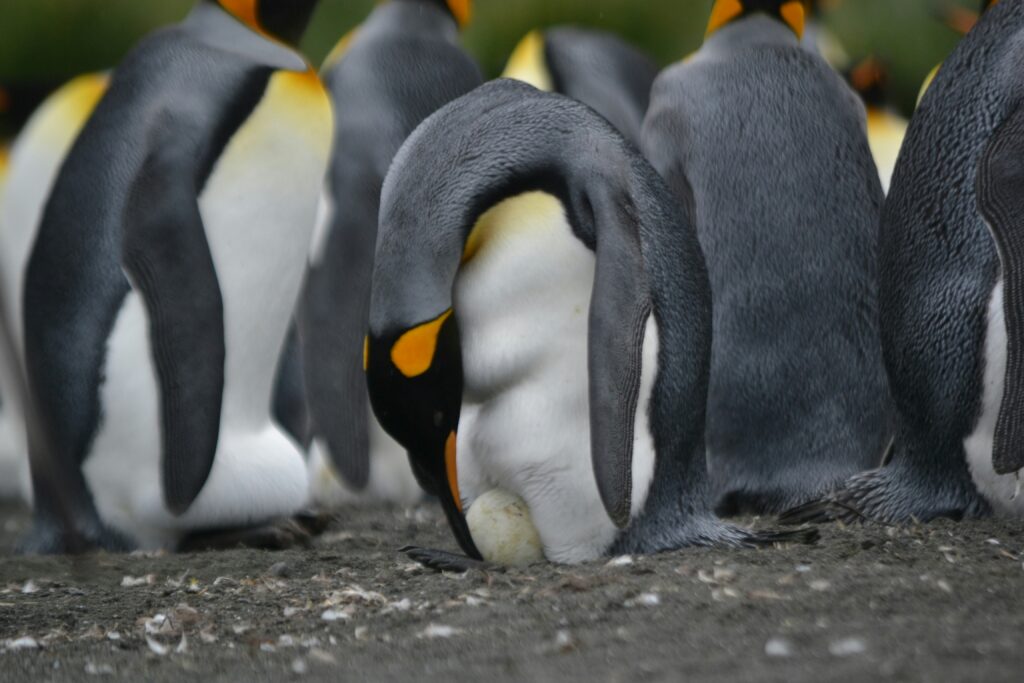
After mating, the female typically lays a single egg (or two, depending on the species). This egg becomes the center of the penguins’ world. In species like the Emperor penguin, the mother immediately transfers the egg to the father before embarking on a long, arduous journey to the ocean to feed.
The father balances the egg carefully on his feet, covering it with a warm fold of skin called a “brood pouch.” For weeks, through freezing winds and blizzards, he stands almost motionless, keeping the egg at just the right temperature. He doesn’t eat during this time, surviving solely on his fat reserves.
National Geographic: Emperor penguins enduring the Antarctic winter
First Cries: The Chick’s Arrival
When the chick hatches, it’s a fragile, downy creature utterly dependent on its parents. Timing is critical — if the mother doesn’t return from her foraging trip with food soon enough, the chick could perish.
Mothers often travel astonishing distances, sometimes over 50 miles, to find enough food. When they return, they can recognize their mate and chick among thousands of others through unique vocal calls — a penguin version of a “voice fingerprint.”
Feeding the Future
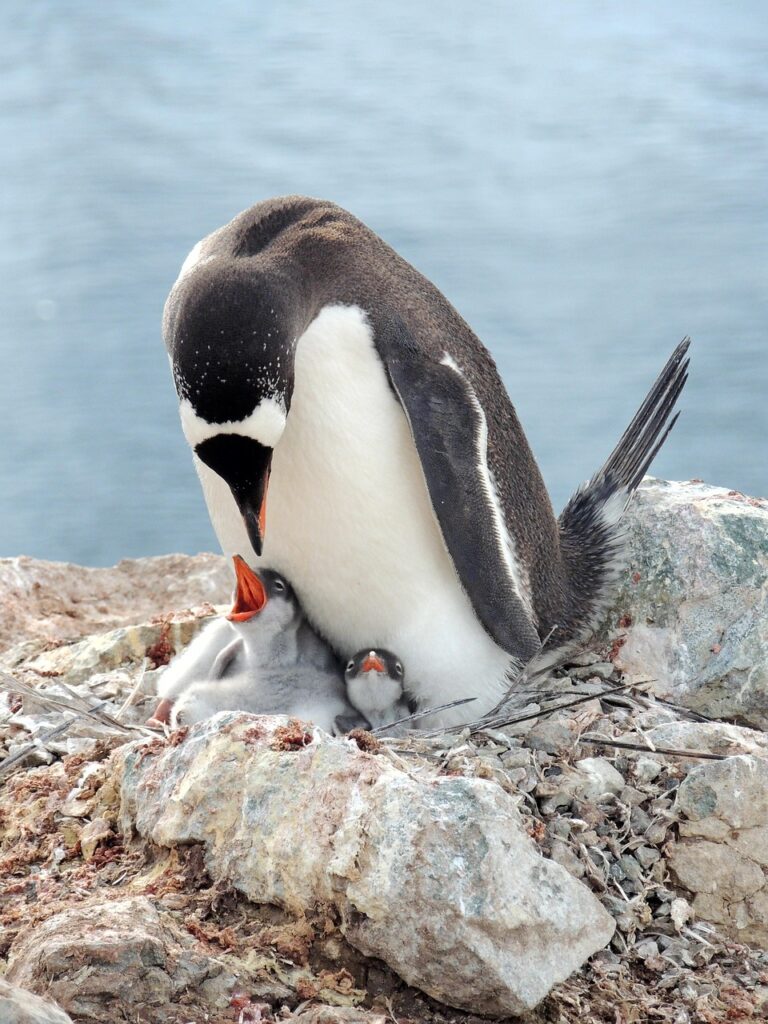
Penguin parents have an extraordinary method of feeding their chicks. They regurgitate partially digested fish, krill, or squid directly into the chick’s mouth — a nutrient-rich meal perfectly suited for rapid growth.
In species like the Adelie penguin, both parents take turns foraging and feeding, ensuring that their chick always has a warm body to cuddle against and a steady supply of food.
Facing the Challenges Together
Raising a chick in such harsh environments is no easy task. Penguins must deal with:
- Freezing temperatures
- Food scarcity
- Predators like skuas and seals
But penguins have evolved incredible strategies. Some species form “creches,” where chicks huddle together for warmth and safety while the parents hunt. This not only keeps the chicks alive but also teaches them vital social skills for adulthood.
See how penguin chicks survive extreme conditions
Growing Up Fast

Penguin chicks grow rapidly. Their soft down feathers are soon replaced by waterproof juvenile plumage. When they are strong enough, they take their first clumsy steps into the ocean to begin life on their own.
Parents don’t accompany them — their job is done. They have equipped their young with all the skills, warmth, and nourishment needed to survive.
The Heart of a Penguin Parent
What makes penguins such remarkable parents is not just their sacrifice but their deep connection and teamwork. Their unwavering commitment to their chick’s survival, even at the risk of their own lives, is a stirring reminder of nature’s resilience and love.
Watching a penguin father endure weeks without food, or a mother recognize her chick by call alone in a noisy colony, is nothing short of awe-inspiring.
Next time you see a waddling penguin, remember: beneath that charming exterior beats the heart of one of nature’s most dedicated superparents. 🐧🥰


